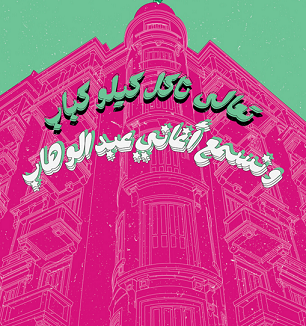 Downtown Cairo has historically been a multicultural melting pot, where many local shop owners and vendors wrote their signs in both Arabic and Latin English, French, or Italian.
Downtown Cairo has historically been a multicultural melting pot, where many local shop owners and vendors wrote their signs in both Arabic and Latin English, French, or Italian.
J. Walter Thompson Cairo’s Khotout West El Balad (Downtown Cairo Typefaces), a project carried out for and in collaboration with Al Ismaelia for Real Estate Investment, who are restoring the classic grandeur of Downtown Cairo and preserving its architectural heritage, aims at reviving Arabic script in the streets of Downtown Cairo, from street signs and architectural facades of buildings, to advertisements and storefront signage.
While Al Ismaelia for Real Estate Investment continue their restoration of several buildings in Downtown Cairo, they’ve also tackled the onslaught of plexiglass-mounted, LED-lit signs which are obscuring some of the most beautiful architecture in the city.
The project encourages young designers to reconsider the importance of calligraphy and its aesthetics and to promote the usage of Arabic type in recognition of its value as a cultural reflection and its importance in the Egyptian streets.
Walking tours through Downtown Cairo revealed that some scripts were classic and based on existing Arabic calligraphy styles, and others were based on modern primary and geometric shapes. The challenge was to transform these scripts into functioning digital typefaces. And so they did.
Each of the six fonts was inspired by an iconic neighborhood shop sign and named after elements of Downtown Cairo’s culture.


